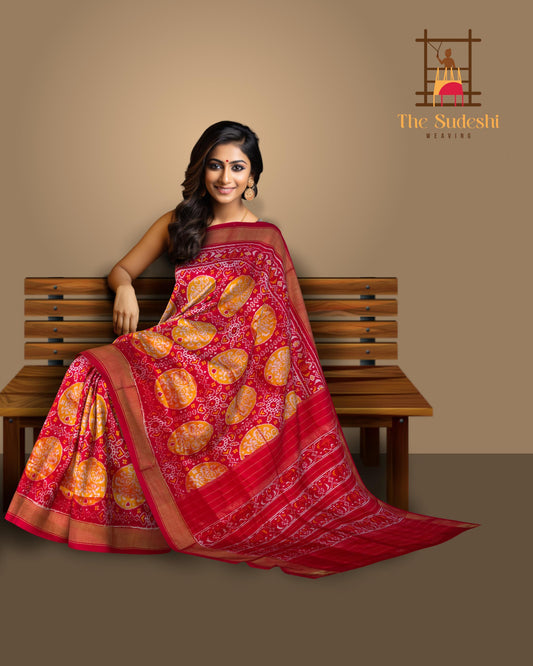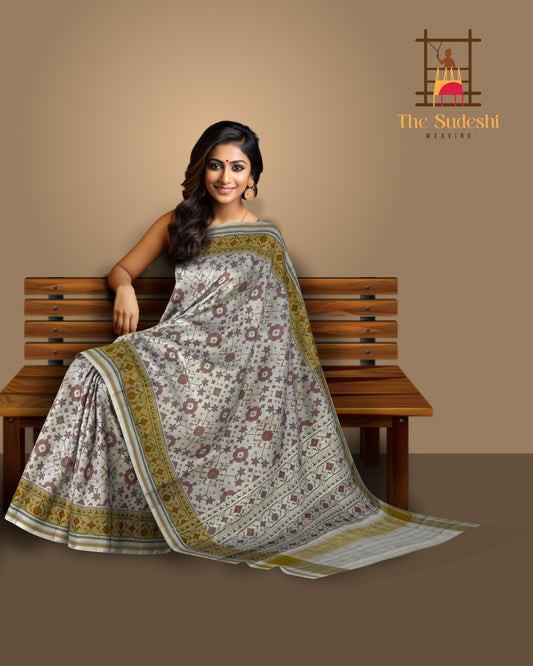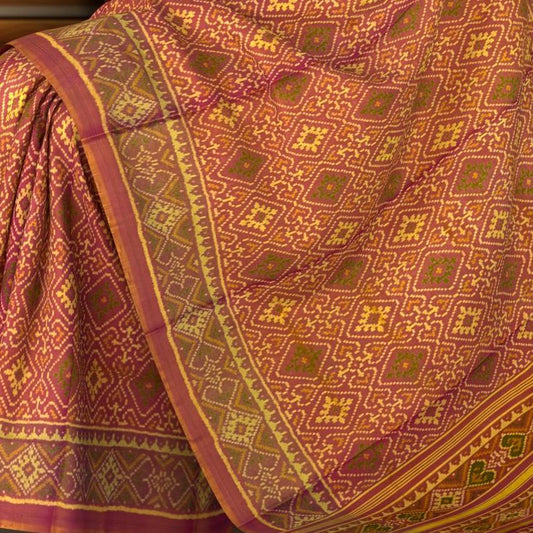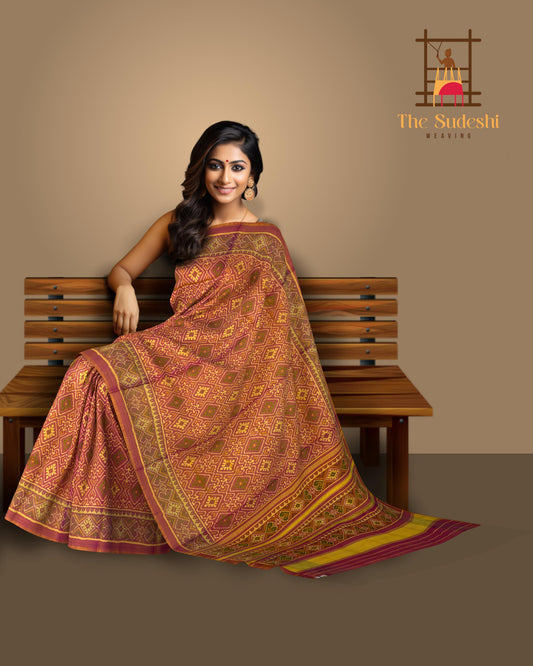The Art of Weaving: A Thread Connecting Cultures Through Time
Weaving is one of the oldest and most universal crafts in human history, binding together cultures, traditions, and stories across millennia. From the intricate silk saris of India to the vibrant Kente cloth of Ghana, from the delicate Navajo rugs of North America to the sturdy tartans of Scotland, weaving is more than just a technique—it’s a language of heritage, identity, and artistry.
The Ancient Roots of Weaving
Archaeological evidence suggests that weaving dates back over 12,000 years, with early humans using plant fibers and animal hair to create rudimentary fabrics. The oldest known woven textile, discovered in Turkey, is around 9,000 years old. As civilizations flourished, so did weaving techniques, evolving from simple handlooms to complex mechanized systems.

Weaving in Different Cultures
Each culture has developed its own unique weaving traditions, often reflecting its environment, beliefs, and social structures.
1. Asia: Silk and Symbolism
-
China: Silk weaving, dating back to 3630 BCE, was a closely guarded secret for centuries. The Silk Road spread Chinese silk across the world, making it a symbol of luxury.
-
India: Handloom weaving, like Banarasi and Kanjeevaram silks, incorporates gold threads and intricate motifs tied to religious and cultural stories.
-
Japan: Nishijin-ori (brocade) and Kasuri (ikat) weaving showcase precision and artistry, often used in kimonos.
2. Africa: Patterns with Meaning
-
Ghana: Kente cloth, woven by the Ashanti people, is rich in symbolism, with every color and pattern representing proverbs, history, or social status.

-
Ethiopia: Shemma (cotton weaving) is used for traditional garments like the habesha kemis, often adorned with bold stripes.
-
Morocco: Berber rugs feature geometric designs, each tribe having its own distinct style.
3. Europe: Wool and Heritage
-
Scotland: Tartan weaving is deeply tied to clan identity, with each family having its own unique pattern.
-
Scandinavia: Viking-age tablet weaving created intricate bands used for clothing and decoration.
-
Greece & Rome: Ancient weaving was highly advanced, with tapestries depicting myths and historical events.
4. The Americas: From the Andes to Navajo Lands
-
Peru: Andean backstrap weaving produces colorful textiles with symbolic patterns, often telling stories of the Inca and pre-Inca civilizations.
-
Navajo Nation: Navajo rugs and blankets are renowned for their bold geometric designs, originally made for warmth and trade.
5. Oceania: Island Weaving Traditions
-
Philippines: Piña cloth, made from pineapple fibers, is used in traditional Barong Tagalog garments.
-
Polynesia: Tapa cloth (beaten bark) and woven pandanus leaves are used for ceremonial wear and mats.
Weaving Today: Preservation and Innovation
While industrialization has transformed textile production, many artisans continue to preserve traditional weaving methods. Organizations and cooperatives work to sustain these crafts, ensuring they are passed to future generations. Meanwhile, contemporary designers blend ancient techniques with modern aesthetics, creating sustainable and culturally rich fashion.

Why Weaving Matters
-
Cultural Identity: Weaving keeps traditions alive, connecting people to their ancestors.
-
Sustainability: Handwoven textiles often use natural dyes and fibers, making them eco-friendly.
-
Economic Empowerment: Many weaving communities rely on this craft for livelihood, especially women artisans.
Conclusion: A Fabric of Humanity
Weaving is more than just thread interlacing—it’s a testament to human creativity, resilience, and connection. Whether through a Japanese obi, a Persian carpet, or a Mayan huipil, every woven piece carries a story. By appreciating and supporting traditional weaving, we help keep these beautiful narratives alive.
What’s your favorite woven textile? Share in the comments!







Leave a comment
Please note, comments need to be approved before they are published.